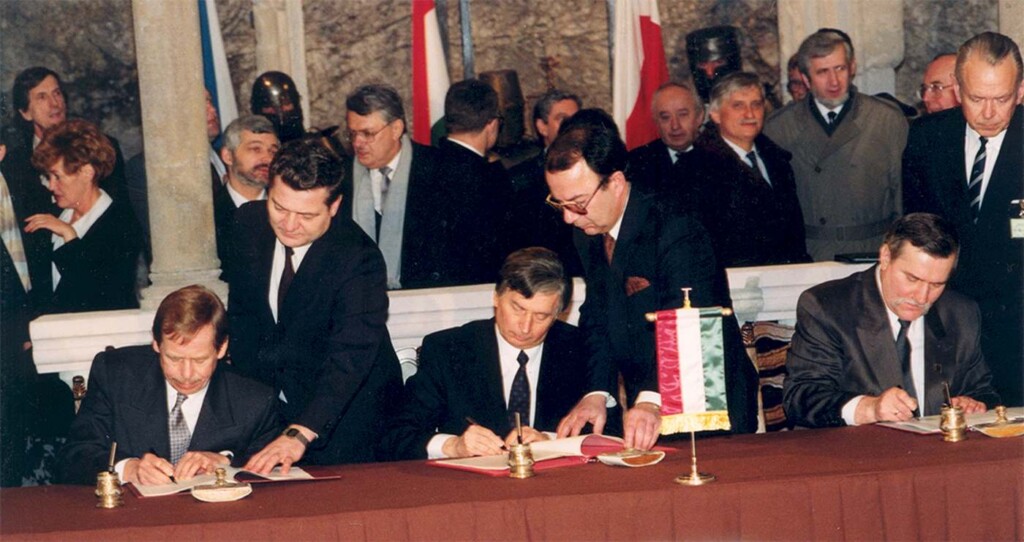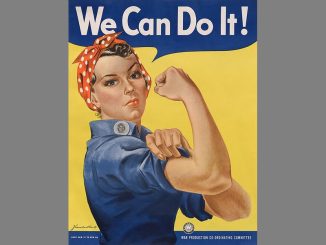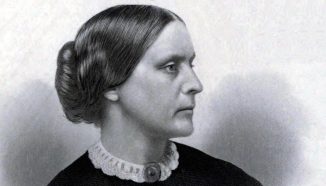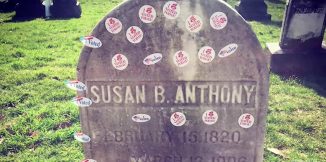33 years ago today, Czechoslovakia, Poland, and Hungary created the Visegrád Group, a cooperation agreement to reorient their nations away from communism and toward free market capitalism and EU integration. Signed by Czechoslovakia premier Václav Havel, the President of the Republic of Poland, Lech Wałęsa, and the Prime Minister of the Republic of Hungary, József Antall, the group succeeded in their aim and all joined the EU together in 2004. READ about the economic progress made… (1991)

If the V4 were a single nation, they would be the 5th largest GDP in Europe, 4th in the EU, and 15th in the world. Since allowing the capitalist tendencies of their people to flourish, they have entered the highest income and development categories in the world.
One aspect of the V4 with which they act as a bloc is the advocacy for the proliferation of nuclear power in Europe, believing it represents the fastest and cleanest route to cheap plentiful energy. They have sought to counter what they see as an anti-nuclear-power bias within the EU.
Culturally, cities such as Prague, Warsaw, Krakow, Budapest, and Bratislava are among the most rich and beautiful in Central Europe.
MORE Good News on this Date:
- Galileo Galilei, the Father of Science who invented the telescope and the thermometer, was born in Pisa, Italy–the same birth year as Shakespeare (1564)
- A ban was lifted on female attorneys arguing cases in the U.S. Supreme Court (1879)
- The first teddy bear was introduced in America (1903)
- The Beatles scored their first No.1 album in America with Meet The Beatles! which stayed at No.1 for eleven weeks and sold over four million copies in one year (1964)
- The official flag of Canada debuted as a stylized, 11-pointed, red maple leaf, designed by the Canadian historian, author, soldier, teacher, and public servant, George Stanley (1965)
- The Soviet Union announced that the last of its troops had left Afghanistan nine years after their invasion (1989)
- Race car driver Dale Earnhardt won the Daytona 500 after 20 years of disappointment (1998)
- Between 8-30 million people marched in 600 cities worldwide to protest the Iraq war, making it the largest peace demonstration in history (2003)
78 years ago today, some simple workplace encouragement material was posted on the wall of several Westinghouse Electric factories in Pittsburgh, PA, which became the famous “We Can Do It,” poster. One of the most iconic images in the history of American war propaganda, it was actually meant mainly to increase productivity among existing workers, and is often confused with the Rosie the Riveter series. The badge on the “We Can Do It!” worker’s collar identifies her as a Westinghouse Electric plant floor employee; the pictured red, white, and blue clothing was a subtle call to patriotism, one of the frequent tactics of corporate war production committees.

While it was displayed for merely 2-weeks in the factories and then sank into obscurity, the “We Can Do It” image was rediscovered by Washington Post Magazine and exploded into popular use as an image among Women’s Rights campaigns. It made the cover of Smithsonian Magazine in 1994, and in 1999 was turned into a first-class U.S. postage stamp. The poster is one of the ten most-requested images at the National Archives and Records Administration.
Ed Reis, a volunteer historian for Westinghouse, noted that the original image was not shown to female riveters during the war, so the recent association with “Rosie the Riveter” was unjustified. Rather, it was targeted at women who were making helmet liners out of a resinous material called Micarta. Reis joked that the woman in the image was more likely to have been named “Molly the Micarta Molder or Helen the Helmet Liner Maker.” (1942)
23 years ago today, the Human Genome Project successfully sequenced the full human genome for the first time in history. The results were later published in 2004, with only 341 gaps in the sequencing representing highly repetitive and other DNA that could not be sequenced with the technology available at the time. Humanity decided to “go big or go home” as it were, as Homo sapiens was the first vertebrate with a genome sequenced to such perfection.

These data are used worldwide in biomedical science, anthropology, forensics and other branches of science. Such genomic studies have led to advances in the diagnosis and treatment of diseases, and to new insights in many fields of biology, including human evolution.
In 2022 the Telomere-to-Telomere (T2T) consortium reported the complete sequence of a human female genome, filling all the gaps in the X chromosome (2020) and the 22 autosomes (May 2021). The previously unsequenced parts contain immune response genes that help to adapt to and survive infections, as well as genes that are important for predicting drug response. (2001)
And, 78 years ago today, the U.S. government’s first all-purpose computer—ENIAC—was unveiled. The Electronic Numerical Integrator And Computer was digital and programmable, and therefore one thousand times faster than that of electro-mechanical machines of the day.

Funded by the United States Army, newspapers called it a “Giant Brain”. Roughly 8×3×100 feet in size (2.4m×30m) and weighing more than 27 tons, the ENIAC resides at the University of Pennsylvania. It contained 17,468 vacuum tubes, 7200 crystal diodes, 1500 relays, 70,000 resistors, 10,000 capacitors and approximately 5,000,000 hand-soldered joints. (1946)
And, 37 years ago today, Ben & Jerry’s Ice Cream announced a new ice cream flavor—Cherry Garcia. Inspired by the Grateful Dead guitarist Jerry Garcia, the taste-and-name combo was suggested by Jane Williamson, a fan in Maine who sent a postcard to the store’s Vermont headquarters.
Featuring cherry ice cream with whole bing cherries with fudge flakes, it became the most famous of the company’s fan-suggested flavors. Jane was invited to a shareholders’ meeting where she got a standing ovation, and was given a year’s supply of ice cream. Addressing shareholders, she said, “I can’t think of a better company I would like to have sponsor something I thought of.” (1987)
Happy Birthday to Jane Seymour, the gorgeous British actress who turns 73 years old today—but says she’s been ‘incredibly busy’ despite the pandemic. Famous for her 1990s TV portrayal of Dr. Quinn, Medicine Woman, Seymour co-starred last year in The War With Grandpa, a comedy film with Robert De Niro, Christopher Walken, and Uma Thurman.

The Former Bond girl (Live and Let Die) has been shooting a TV series, Glow & Darkness, about St. Francis of Assisi, and she also stars in the upcoming Ruby’s Choice, an uplifting film about a woman with dementia who comes to live with a family but ends up changing their lives for the better.
Dame Jane Seymour says 70 is the new 50. “I think playing with grandchildren keeps me young. They have endless energy and it’s so much fun,” she told Closer. “I also love to meditate.” (1951)
“What also gives you a glow at my age is being as healthy as possible and being comfortable in your own skin, instead of obsessing about the passage of time,” she said.
On this day 204 years ago, the civil rights activist and suffragette for women’s equality Susan B. Anthony was born.

While growing up in a Massachusetts Quaker family, she began collecting petitions to ban slavery when she was 17 – and was soon leading protests demanding equal rights for blacks and women.
She played a pivotal role in the epic battle to pass the Nineteenth Amendment to the U.S. Constitution, which granted voting rights to women in 1920, though Anthony did not live to see that day. She was proud that states were already granting those rights in Wyoming, Utah, Colorado, and Idaho.

Her energy and stamina, which sometimes exhausted her co-workers, continued at a remarkable level. (At age 75, for example, Ms. Anthony toured Yosemite National Park on the back of a mule.) Before her death at 86, having worked tirelessly for decades, she said of the movement, “Failure is impossible”—a quote that became the motto for women’s suffrage worldwide.
In 1979, she became the first female citizen honored on a U.S. coin when her portrait was minted on the Susan B. Anthony dollar coin. WATCH a mini-bio about her arrest for voting illegally… (1820)
SHARE The Memories, Milestones, and Memories…




















